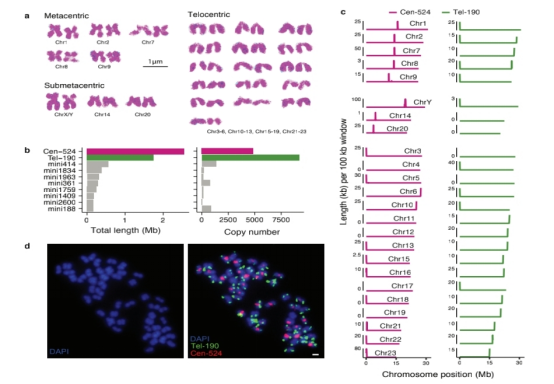Completion of genome analysis of loach (Mastacembelus armatus) and a hypothesis of sex chromosome origin
Recently, in cooperation with the University of Vienna, Fujian Normal University and Yunnan Agricultural University, Professor Dapeng Li's research team analyzed the genome of Mastacembelus armatus in the chromosome-level, studied the origin and recombination inhibition of sex chromosomes, and constructed the complete map of Y chromosome. In this study, the origin of animal sex chromosomes near centromere is proposed, which provides new insights into the study of the origin of sex chromosomes.
The team has carried out artificial breeding and sex differentiation studies in Mastacembelus armatus. After multi-generation follow-up studies, the intersex population of this species has been discovered for the first time. They also successively carried out some basic researches, such as the excavation of sex-linked regions, the development of molecular markers and the analysis of sex chromosomes.

Figure 1 Identification of karyotype and centromere
Extensive heterochromatin regions around the centromere were revealed. The region around the centromere has higher repeats (usually more than 50%), lower gene density, lower recombination rates, and more frequent H3k9me3 modifications consistent with heterochromatin (PCH). In the region around the centromere, the more distant chromatin interacted more frequently, which was consistent with its higher degree of folding and compression. They also found that a greater proportion of genes with high expression levels and widths are present in the peri-centromere region than in other regions. H3K9me3 has a limited role in gene suppression, and other epigenetic modifications may regulate gene expression in PCH.
These results were published on July 12 entitled Telomere-to-Telomer Assembly of a fish Y chromosome reveals the origin of a young sex chromosome Pair in the journal Genome Biology. The first author of this paper is Lingzhan Xue, a PhD student majoring in aquaculture in our university.
Translator: Xuanyu He
Reviewer: Dapeng Li
Reviewer:Han Liu